Military disasters, whether they're nuclear accidents, submarine mishaps, or catastrophic failures at military installations, have always captured the imagination of filmmakers. These films not only provide thrilling narratives but also offer a glimpse into the high-stakes world of military operations. Here's a curated list of ten films that delve into the heart of military disasters, showcasing the tension, bravery, and sometimes the sheer folly of human error in such critical environments.
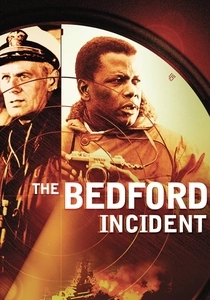
The Bedford Incident (1965)
Description: A U.S. destroyer, tracking a Soviet submarine during the Cold War, escalates into a potential nuclear confrontation due to miscommunication and the captain's aggressive tactics. The film is a study in brinkmanship and the dangers of misunderstanding.
Fact: The film was shot on board the USS Bedford, a real U.S. Navy destroyer, which added to its authenticity.
 Watch Now
Watch Now 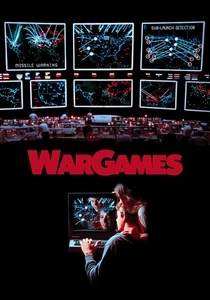
WarGames (1983)
Description: A young hacker inadvertently accesses a military supercomputer, which mistakes his game-playing for real war scenarios, nearly triggering World War III. It's a mix of military disaster and coming-of-age story.
Fact: The film influenced the creation of the U.S. Department of Defense's Computer Emergency Response Team (CERT).
 Watch Now
Watch Now 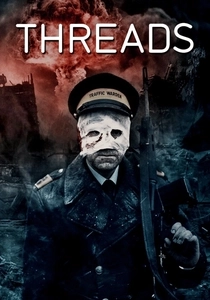
Threads (1984)
Description: A British television drama that portrays the effects of a nuclear holocaust on the city of Sheffield, England. It's a harrowing look at the long-term consequences of nuclear war on civilians.
Fact: The film was so realistic and disturbing that it was used by the British government for civil defense training.
 Watch Now
Watch Now 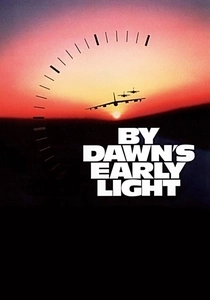
By Dawn's Early Light (1990)
Description: A nuclear war breaks out between the U.S. and the Soviet Union, and a U.S. bomber crew must decide whether to follow orders to retaliate or seek peace. The film explores the human element in military strategy.
Fact: The film was based on the novel "Trinity's Child" by William Prochnau.
 Watch Now
Watch Now 
The Hunt for Red October (1990)
Description: This film, based on Tom Clancy's novel, revolves around a Soviet submarine captain who plans to defect to the United States with his state-of-the-art stealth submarine. The tension escalates when the U.S. and Soviet navies both pursue the sub, fearing a nuclear disaster.
Fact: Alec Baldwin was cast as Jack Ryan after Kevin Costner turned down the role. The film's depiction of submarine technology was praised for its accuracy.
 Watch Now
Watch Now 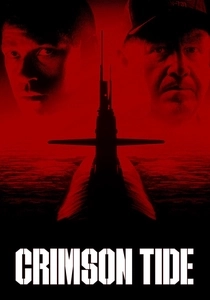
Crimson Tide (1995)
Description: A nuclear submarine faces a potential mutiny when its captain and his executive officer clash over whether to launch nuclear missiles during a tense standoff with Russia. The film explores the psychological and ethical dilemmas of command under pressure.
Fact: The film was inspired by the book "The Silent War" by John M. Del Vecchio, and the submarine set was so realistic that it was used for training by the U.S. Navy.
 Watch Now
Watch Now 
The Sum of All Fears (2002)
Description: Based on another Tom Clancy novel, this film follows Jack Ryan as he uncovers a plot to detonate a nuclear bomb at a football game, potentially sparking a war between the U.S. and Russia.
Fact: The film was originally planned to be released in 2001 but was delayed due to the September 11 attacks.
 Watch Now
Watch Now 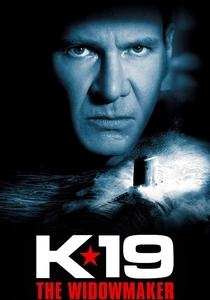
K-19: The Widowmaker (2002)
Description: This film recounts the true story of the Soviet submarine K-19, which suffered a nuclear meltdown in 1961. The crew's desperate attempts to avert a catastrophe while dealing with radiation poisoning make for a gripping tale of heroism.
Fact: Harrison Ford and Liam Neeson both learned Russian for their roles, and the film was shot in Canada with a replica of the K-19 submarine.
 Watch Now
Watch Now 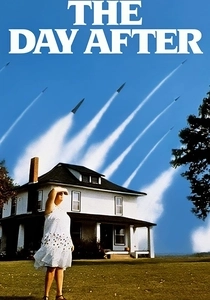
The Day After (1983)
Description: This made-for-TV movie depicts the aftermath of a nuclear war in the United States, focusing on the human cost and the breakdown of society. It's a stark reminder of the potential consequences of military escalation.
Fact: The film was watched by over 100 million viewers, leading to a national debate on nuclear war.
 30 Days Free
30 Days Free 
Fail-Safe (1964)
Description: A chilling Cold War thriller where a technical malfunction sends American bombers to attack Moscow, and the President must decide how to prevent a nuclear war. The film's depiction of military protocol and decision-making is both tense and thought-provoking.
Fact: The film was released the same year as "Dr. Strangelove," which also dealt with nuclear war, but in a satirical manner.
 30 Days Free
30 Days Free 








